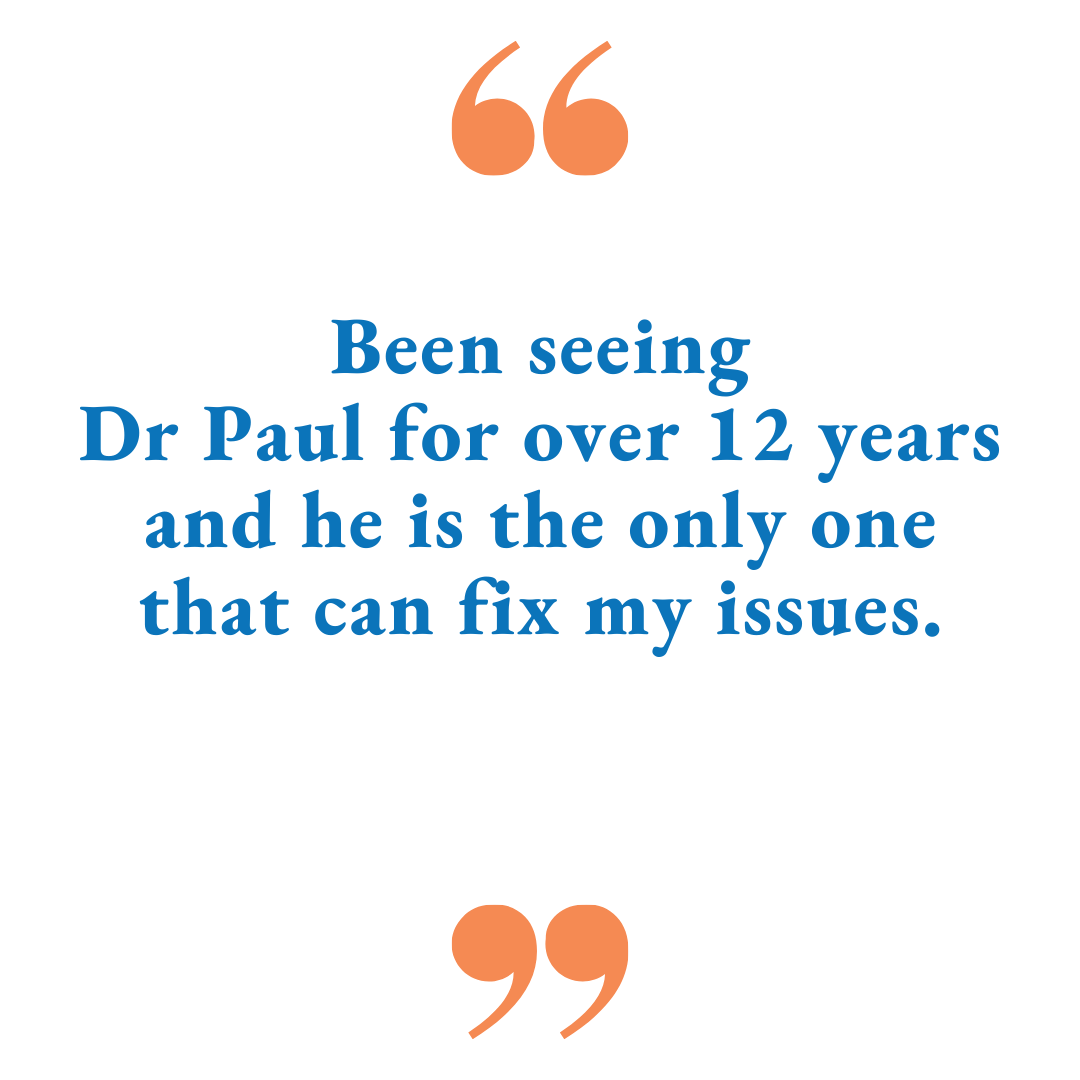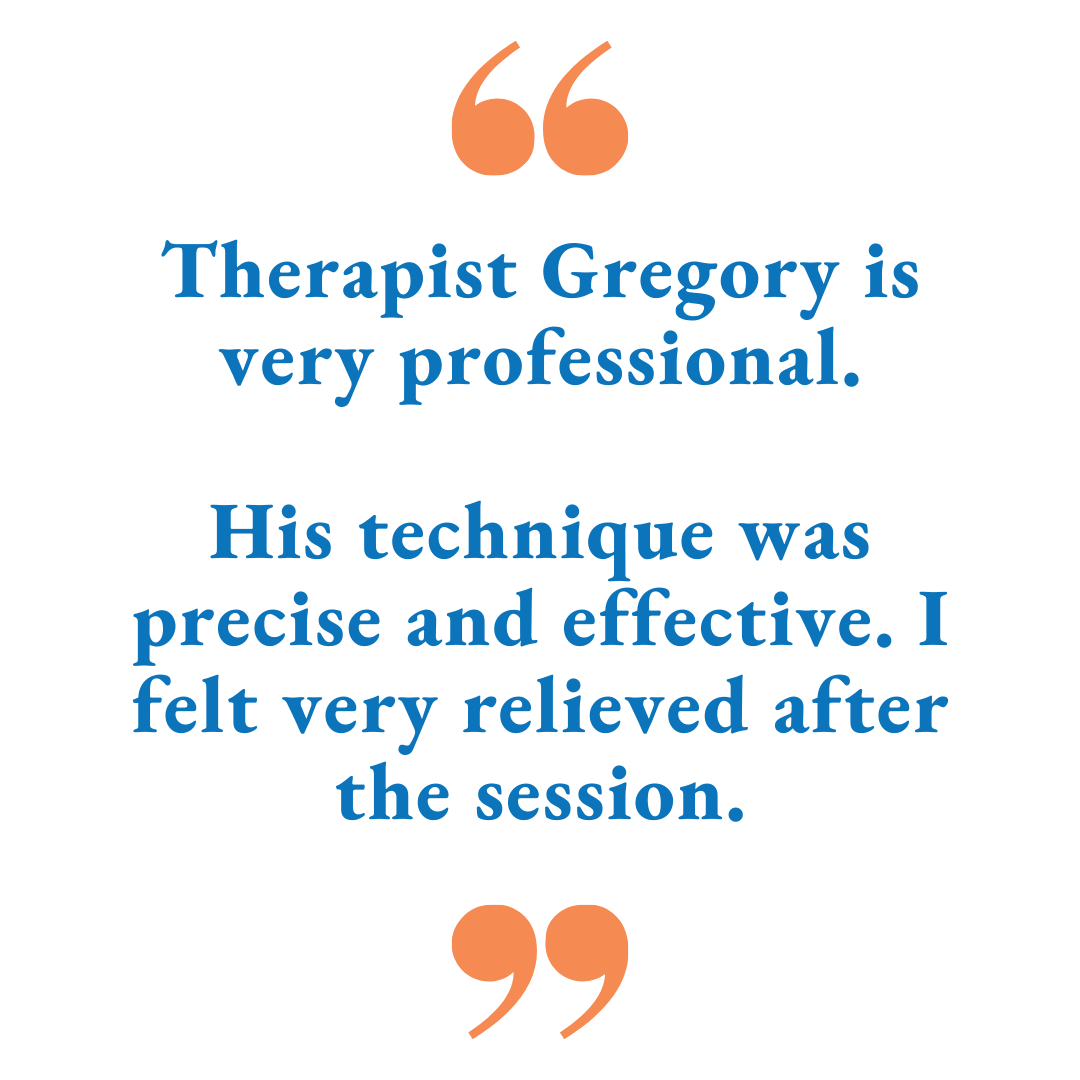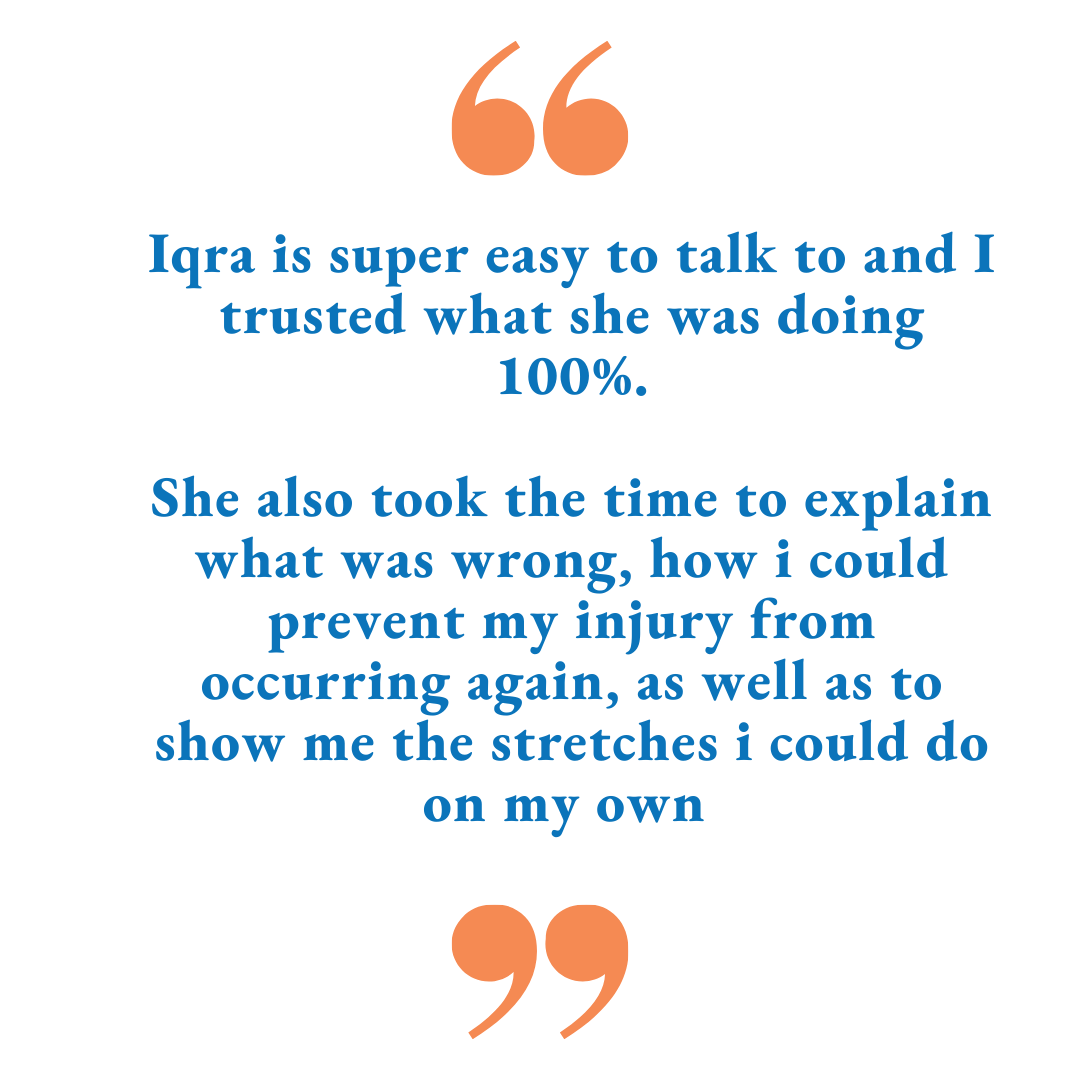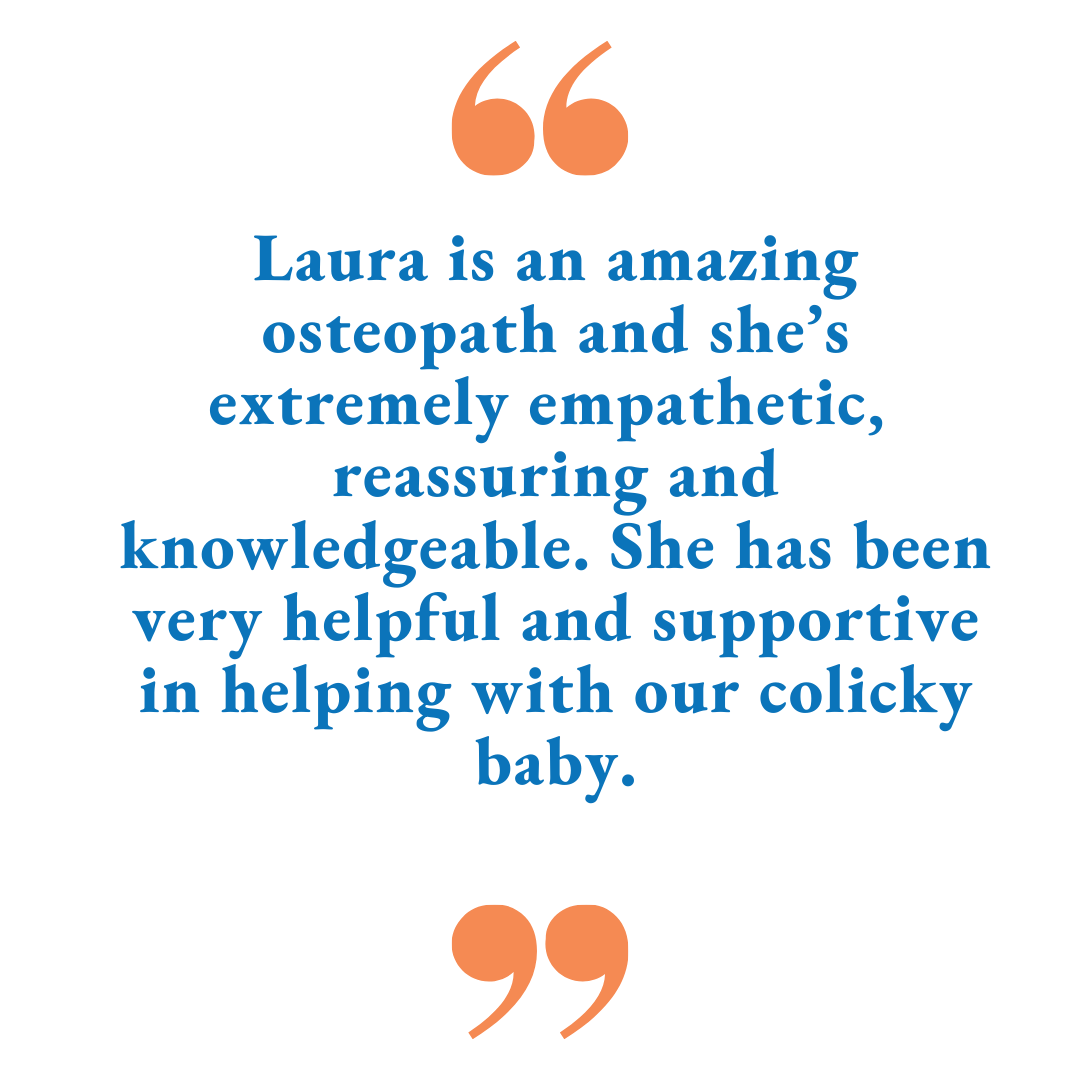Sleep Apnea - Types, Signs, Symptoms, Risk and Causes.
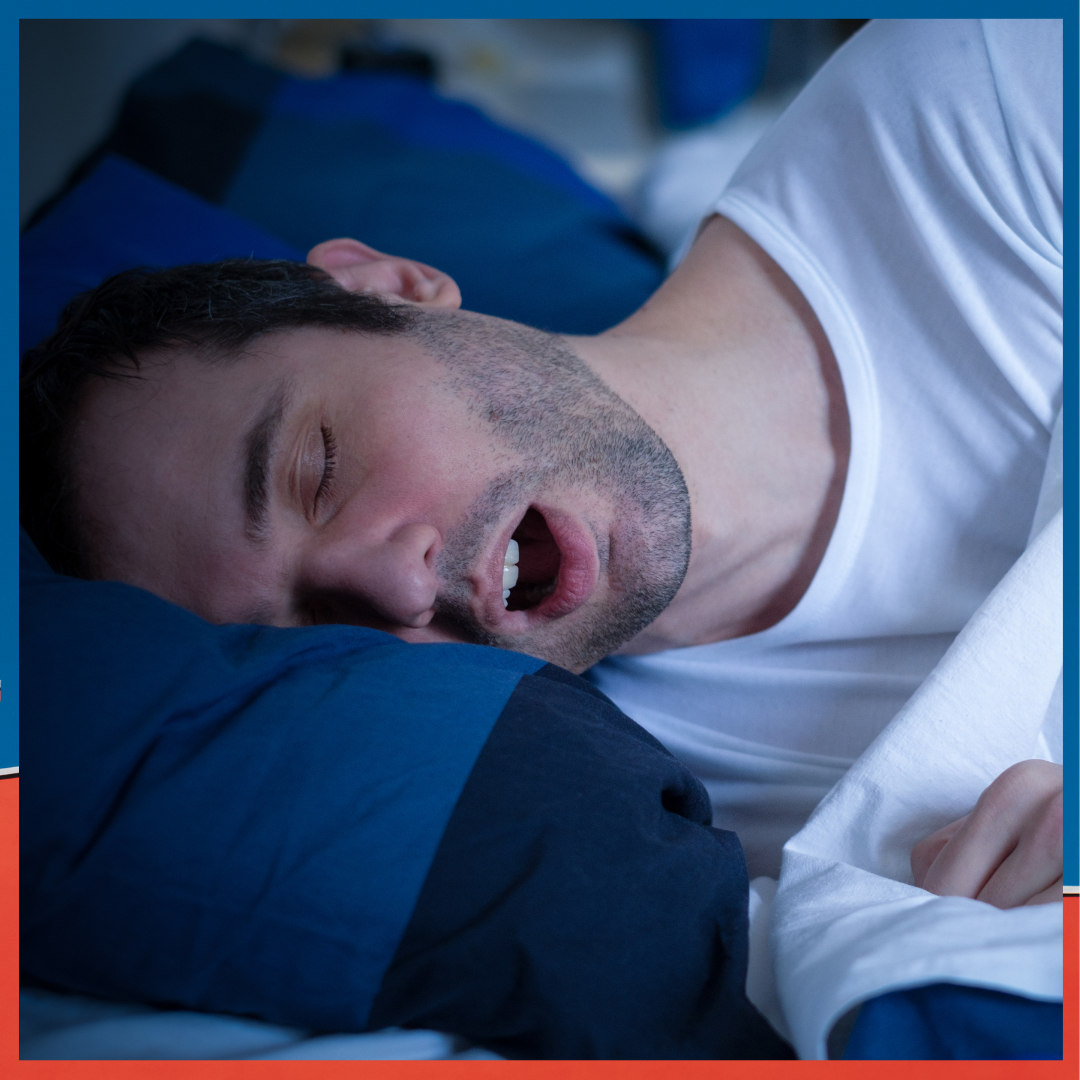
In this article we discuss:
-
Common types of sleep apnea
-
Is obstructive sleep apnea the same as sleep apnea?
-
Signs & common symptoms of sleep apnea?
-
Causes of sleep apnea
-
What are the risk factors for obstructive sleep apnea or severe sleep apnea?
-
Can obstructive sleep apnea be cured - How is obstructive sleep apnea treated?
-
Sleep apnea treatment without CPAP
-
Osteopathy for treatment of sleep apnea or other sleep disorders
Is obstructive sleep apnea the same as sleep apnea?
Obstructive Sleep Apnea is a condition where your airway becomes blocked during sleep causing sleep-disordered breathing issues and prohibits restful sleep. This causes you to stop breathing during sleep for short periods of time, which can lead to excessive daytime sleepiness or tiredness and poor quality of life. It’s more common among men than women, but it doesn't discriminate between age groups or ethnicities. People with sleep apnea may experience one of the sleep apnea types listed below.
Common Types of Sleep Apnea
- Obstructive Sleep Apnea Syndrome (OSA)
Obstructive sleep apnea is a common disorder characterized by recurrent episodes of partial or complete upper airway obstruction during sleep. The prevalence in the general population ranges from 2% to 5%, and it increases with age, obesity, male gender, smoking, alcohol consumption, craniofacial abnormalities, and certain medications.
– Central Sleep Apnea (CSA)
A medical condition that occurs when your brain doesn't send proper signals to the muscles that control breathing which results in the muscles to dysfunction and inhibit breathing
- Complex Sleep Apnea Syndrome
Occurs when a person has both Central Sleep Apnea (CSA) and Obstructive Sleep Apnea (OSA)
What Are the Signs & Common Symptoms of Sleep Apnea?
You may notice some or all of these signs if you have sleep apnea:
- Snoring loud enough to wake others
- Feeling sleepy during daytime hours
- Restless sleep
- Having trouble concentrating at work or school
- Excessive sleepiness and fatigue
- Morning Headaches
- Irritability
- Depression
- Weight gain (or increase in body mass)
- Poor memory
- Difficulty falling asleep
- Daytime sleepiness and drowsiness
- Heartburn
- High blood pressure and heart rate
- Diabetes
- Cancer risk
- Low blood oxygen level
What are risk factors for obstructive sleep apnea or severe sleep apnea?
What Are the Health Risks of Sleep Apnea?
Sleep apnea can lead to sleep deprivation from constant nightly interruptions and shallower overall sleep. Lack of sleep is associated with far-reaching health consequences that affect a person physically, mentally, and emotionally, and as a result, it comes as no surprise that sleep apnea has been tied to diverse health problems.
Because of how it affects oxygen balance in the body, untreated sleep apnea raises dangers for various types of cardiovascular issues including high blood pressure, heart attack, cardiovascular disease , and stroke.
Source: sleepfoundation.org
Causes
There are many possible causes of sleep apnea. Some people inherit this condition from their parents; others develop it later in life because they gain weight or lose muscle tone. Other factors may play a role in causing sleep apnea, including:
- Obesity or overweight (excess tissue)
- Relaxing of throat muscles around or soft tissue involved in breathing (large neck circumference)
- A large tongue
- Narrowed upper jawbone
- Tightened neck ligaments
- Hormonal changes associated with pregnancy and menopause
- Other medical conditions such as diabetes, high blood pressure, and enlarged tonsils
- Smoking
- Nasal congestion
- Other underlying health conditions
- Causes of Obstructive Sleep Apnea
- Your age — Sleep disorders are more likely among older people because they tend to lose muscle mass and bone density. Obese individuals also may experience increased resistance to airflow through their upper respiratory tract.
- Gender — Men are twice as likely as women to develop this disorder. Women's bodies produce hormones that keep them warm throughout the day and reduce the need for frequent arousals from sleep. In addition, men typically have larger tongues than do women.
- Excess weight or obesity - Fat deposits around your airway or a large circumference of your neck narrows your airway while obstructing the flow of air in and out of the lungs
- Family history - Sleep apnea can be hereditary
- Causes for Central Sleep Apnea
The following medical problems increase your risk of central sleep apnea:
- Heart disease. Heart attacks, congestive heart failure, and other cardiovascular illnesses weaken the nerves that control your respiratory system. The weakened nerves cause them not to send messages telling your body to open up your airway during sleep. Men are therefore usually more at risk
- Age - the older you get the greater the risk
- Brain injury. A blow to the head or loss of consciousness can damage nerve cells controlling respiration.
- Suffering from a stroke
- Pain medication - opioids or methadone (long-acting medications)
Central sleep apnea occurs when your brain fails to transmit signals to your breathing muscles. This means that you make no effort to breathe for a short period. You might awaken with shortness of breath or have a difficult time getting to sleep or staying asleep. (mayoclinic.org)
Can obstructive sleep apnea be cured - How Is Obstructive Sleep Apnea Treated?
- What are the Treatments for Sleep Apnea?
Effective treatment options vary depending upon the severity of symptoms and whether there is any other coexisting illness. The most common treatment option involves continuous positive airway pressure therapy (CPAP). CPAP machines use pressurized airflow to keep the airways open during sleep. They're effective but require patients to wear them every night while asleep. Some people find these devices uncomfortable and difficult to tolerate.
It's important to talk with a doctor or sleep specialist, at a sleep centre, if you have sleep problems. It is difficult to treat sleep apnea if you do not understand the root causes. The doctor can give a recommendation when it's needed. overnight sleep study to analyze your sleep, including your breathing.
- Sleep Apnea Treatment without CPAP:
Treatment for sleep apnea can be effective at improving sleep and reducing the risks of long-term health problems. A doctor who is familiar with a patient's situation will be in a better position to address the potential benefits and risks of treatments.
Some factors that might improve your condition without the use of a CPAP machine or means of positive airway pressure include: Weight loss, reducing the use of sedatives, and sleeping on your side are lifestyle changes that can be implemented.
The American Academy of Sleep Medicine recommends that people who have been diagnosed with moderate to severe obstructive sleep apnea should be treated with CPAP for six months before considering other options. The goal of this initial therapy is to reduce daytime symptoms and improve quality of life by eliminating episodes of breathing cessation while asleep. If you are not satisfied with the results after using CPAP for 6 months, then another option may be considered.
Osteopathy for treatment of sleep apnea or other sleep disorders:
On the other hand, osteopathic physicians believe that many conditions such as insomnia, snoring, restless leg syndrome, and chronic pain syndromes are caused by musculoskeletal dysfunction rather than neurological disease. Osteopaths work closely with their clients' primary care providers to help identify underlying structural imbalances that contribute to poor posture, muscle tension, and joint restrictions. These issues often lead to secondary nervous system dysfunctions like headaches, neck stiffness, backaches, and fatigue.
Osteopathic treatment can greatly help in reducing sleep problems such as sleep apnea and improve the quality of your life both when you are asleep and when you are awake.
Visit us today to book a consultation
Recommended Reads
- Sleep Disorders
- Tips to Improve Sleep Quality
- What is Osteopathy?
- The Effects of Stress on Your Body
- Back Pain in Teenagers
See more articles on our Instagram page here
https://www.instagram.com/the.osteo.sg
What Patients Say About Us!

